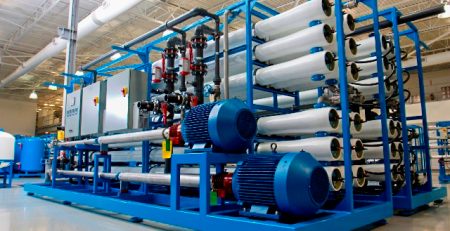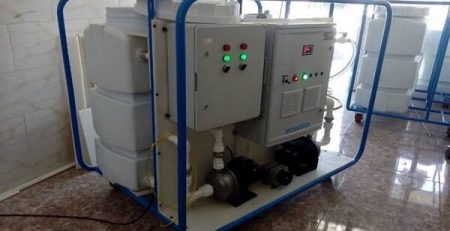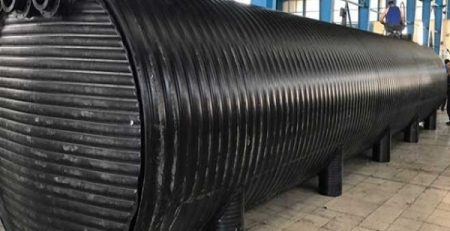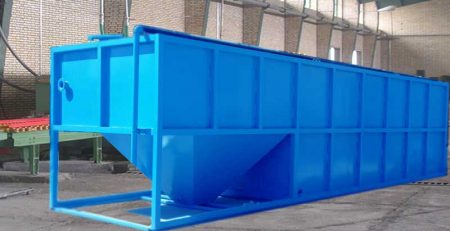Industrial wastewater treatment methods
Industrial wastewater treatment methods
Most of the wastewater pollutants are due to the industrial activity of factories. Among the most important environmental polluting industries are food industries (dairy industries, meat products, etc.), paper and cardboard industries, steel industries, textile industries, glass industries, oil, gas, petrochemical and industrial industries.
Physical methods
The methods by which the forces and physical properties of materials are used to remove them are called physical methods. Chemical filtration of sediment and sedimentation of wastewater are examples of physical methods of wastewater treatment.
Chemical methods
Chemical methods are methods that use chemical substances and reactions to remove contaminants. Oxidation of coagulation iron and flocculation, pH adjustment, etc. are among the chemical methods of wastewater treatment.
Biological methods
Biological methods are methods that use biological processes to remove contaminants. Biological methods are divided into two general categories.
A: Aerobic methods
A number of biological processes take place in the presence of dissolved oxygen in materials, which are called aerobic processes and the methods in which aerobic processes are used are called aerobic biological methods. Activated sludge method Activated sludge with extensive aeration MBR, RBS, SBR are examples of aerobic biological methods.
B: Anaerobic methods:
The processes used in the absence of dissolved oxygen by microorganisms in wastewater treatment are called anaerobic processes. UISB, FBR, ESBR are examples of anaerobic methods of wastewater treatment. In anaerobic tanks, biological anaerobic processes predominate due to lack of sufficient oxygen solution.









Leave a Reply